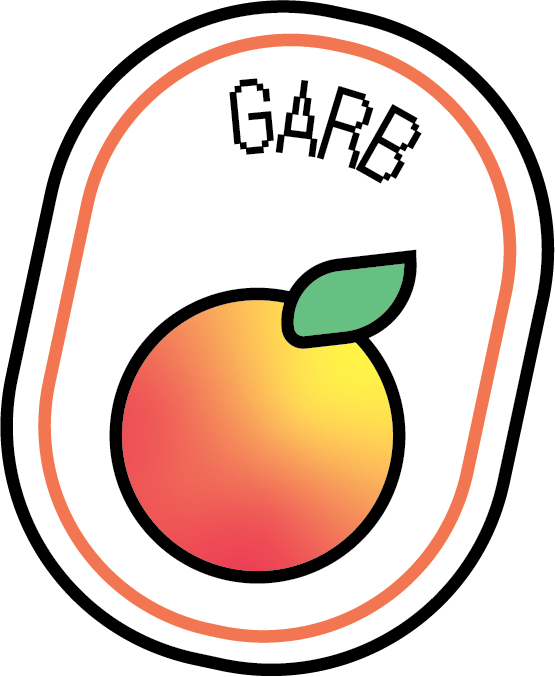What Really Is Aesthetic?
Imagine you’re at a museum with one of your friends, and you are just blankly staring at a canvas that has paint splattered on it. Your friend nudges you and says, “Wow, this guy’s a genius,” but you can’t help but think that this can’t possibly be art. How can someone think that something so mediocre is “art?”
Modern Art Sucks by pbsync via opensea.io
If you’ve ever taken AP Psychology or are studying a field related to education, psychology, philosophy, or anything in that realm, you’ve probably heard of Vygotsky. For those of you who don’t fall under this umbrella, Vygotsky was a Soviet psychologist who is famous for his idea of the zone of proximal development, which basically just refers to the gap between what a learner can do themselves and what they can do with help from a teacher.
Leo Vygotsky
Fewer people know about his dedication to the arts and his exploration of the psychology that goes into it. In fact, he actually wrote his PhD thesis on the topic in The Psychology of Art (1925) in an attempt to understand what makes us think some things are aesthetic, while others aren’t. A major issue, to Vygotsky, was the fact that art, something that has always been deemed as something subjective and creative, was unable to be studied with a more objective, “scientific” mode of study.
Psychologists in the past have tried to experimentally determine what causes us to like and dislike certain things, but in truth, no one has ever been able to really determine what works of art might inspire us or drive us away in repulsion. Vygotsky’s solution to this problem is his explanation that the psychological basis for aesthetics is rooted in sociological and historical bases. We all have our various tastes and interests based on what society tells us is tasteful, both in the present and past.
Vygotsky was more interested in classical works of art, such as literature and plays— he held Shakespeare’s Hamlet very close to his heart, so much so that he dedicated an entire chapter in his thesis to the play. For many of us decades later, the innovations in fashion and dress are probably what we might be more focused on. For example, those who love Y2K might consider frosted tips aesthetically pleasing today— other people might think that it’s a relic of the past.
Bringing sexy back?
From Vygotsky’s conclusion, it makes sense that people have a variety of tastes when it comes to art. We see people walking around campus in a myriad of attire, spanning from Birkenstock clogs to neon blue Nike gym shorts. What we consider aesthetic is rooted in our experiences in society and what has gone on in history and our experiences in society. Both the owners of the Birkenstock clogs and the gym shorts might hate what the other person is wearing, yet each person has something personal tied to their clothing of choice.
An example from my own life would be when I walk outside of the house with a loose necktie and a dress shirt with a pattern on it. I’m in a pre-medical fraternity and while I was in my pledging semester I often had to wear business professional attire. Because of this experience, one of my good friends from the organization saw me and she asked me why I was in “bpro” (business professional). For me, I was wearing something that allowed me to express myself through fashion, but to my friend, I was basically wearing a uniform. Instead of taking it personally, I understood why she thought that and just carried on with my day. I’m sure when many of us see people walking around campus in suits, we automatically think, “That’s a pledge.” Hence, the idea that what we find fashionable and aesthetic is rooted in our experiences.
“Business” or “Fashionable?”
I think that more generally, we can appreciate that everyone's sense of style and mode of expression always has some meaning to it. The clothes that adorn our bodies allow us to be a walking canvas that showcases what we care deeply about, without forcing us to utter even a word.
I don’t care about Hamlet as a work of art much as Vygotsky did, but Vygotsky’s message about art and aesthetics is clear. Fashion is a modality of artistic expression, which is a meaningful representation of our experiences and attitudes about the world around us— this idea is one I’ll take to my grave.
The rest is silence.
Sources:
https://journals.sagepub.com/doi/10.1177/10892680211013293?icid=int.sj-full-text.similar-articles.5
https://www.simplypsychology.org/zone-of-proximal-development.html
https://www.gq.com/story/justin-timberlake-frosted-tips-grooming-legend
Shakespeare, Hamlet






